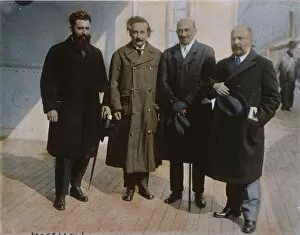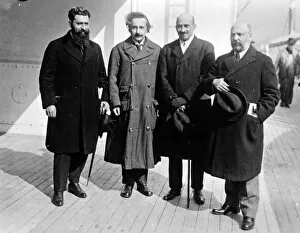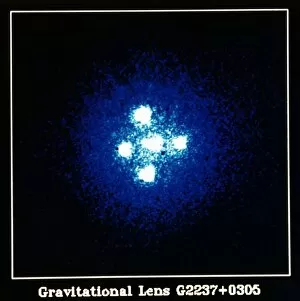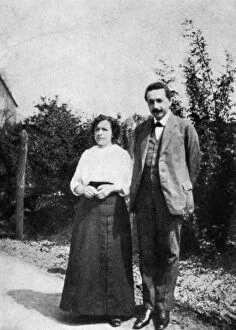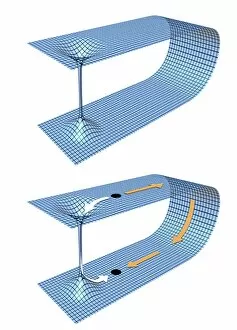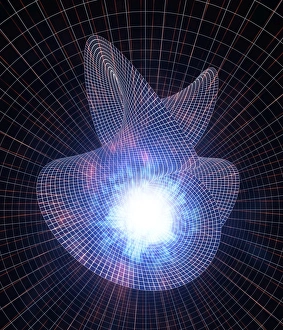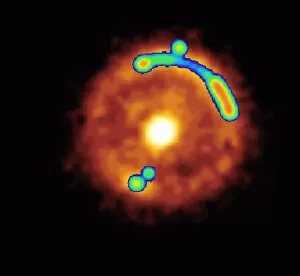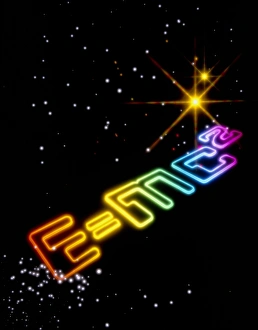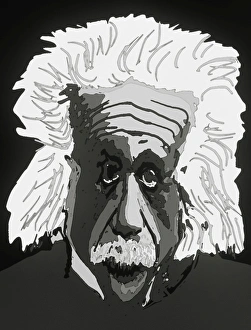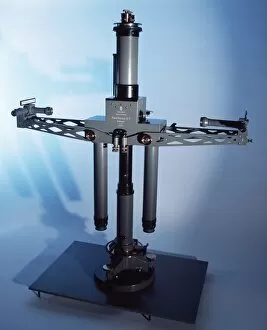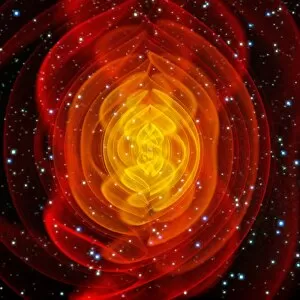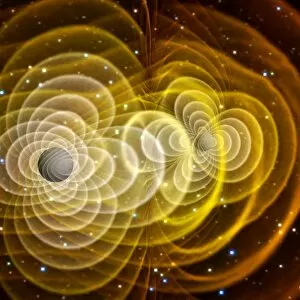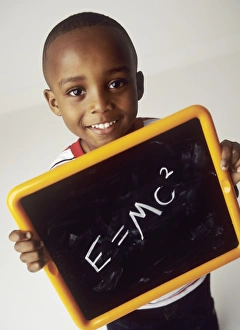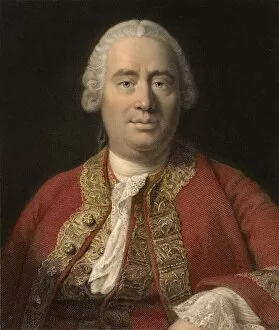Einstein Collection (page 3)
"Unveiling the Genius: Einstein's Impact on Science and Art" In 1919, during a momentous solar eclipse, Albert Einstein forever altered our understanding of the universe
All Professionally Made to Order for Quick Shipping
"Unveiling the Genius: Einstein's Impact on Science and Art" In 1919, during a momentous solar eclipse, Albert Einstein forever altered our understanding of the universe. His groundbreaking theory predicted that starlight would bend when passing near the Sun's gravitational pull. This revelation not only confirmed his brilliance but also revolutionized astrophysics. Beyond his scientific achievements, Einstein was a man of many talents. He found solace in playing the violin, using its harmonious melodies to explore the depths of his creativity. This lesser-known aspect of his life showcased his multifaceted nature and served as an outlet for his boundless curiosity. Albert Einstein's legacy extends far beyond theoretical physics; it encompasses art as well. Through computer artwork and stunning visual representations, artists have captured both the essence of this remarkable scientist and the profound impact he had on our understanding of space-time. One such iconic image portrays him during that pivotal 1919 solar eclipse—his eyes filled with wonder as he witnessed light bending according to his theory. In another photograph taken by Luicien Aigner in 1940 at Princeton University, we see a contemplative Einstein surrounded by books and papers—a testament to his tireless pursuit of knowledge. Einstein's most famous equation, E=mc², has become synonymous with genius itself. Its elegant simplicity encapsulates how energy is intertwined with matter—a concept that shook the foundations of science upon its discovery in 1905. As we delve into the intricate tapestry woven by Albert Einstein throughout history, we are reminded not only of his immense intellect but also his humanity. Despite being one of history's greatest minds, he remained humble and approachable—an inspiration for generations to come. Through photographs capturing moments like these or through imaginative artwork depicting him alongside cosmic wonders on a grand scale—the universe timeline—we continue to celebrate this extraordinary individual who reshaped our perception of reality itself.

